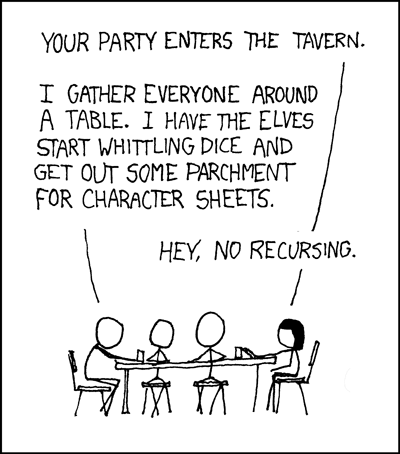How to move on your first turn
How to move on your first turn. (I posted a version of this years ago, but perhaps it is time to do so again.)
Originally posted by Ming
To change the subject for a moment... what the hell are some people doing in the first few turns that takes so much time. It's not like you have a ton of units to move
To change the subject for a moment... what the hell are some people doing in the first few turns that takes so much time. It's not like you have a ton of units to move

How to move on your first turn. (I posted a version of this years ago, but perhaps it is time to do so again.)
- Construct an eight sided die for use in chosing movement direction. Carving one from a discarded scrap of wood will do, but ancient peoples used bone. Certain animals were preferred, and specific bones were considered more potent for augury purposes. Coal, rock salt, and even peat are acceptable as well. Stone is contraindicated because of excessive effort required. Soap carving is more of a curiosity, but if no other raw materials are available soap is likely found in the home, office, library, or most other locations one is likely to be playing Civilization in one of its incarnations.
Consult appropriate articles in Encyclopædia Britannica or the like for more detailed information about traditional dice as tools for augury and carving in various materials. Perhaps archeological relics exist from the very civilization the player has chosen, which will give more precise guidance in this process. No examples of ancient eight-sided dice are known, but I'm sure if they played Civ they would have made eight-sided dice for this purpose.
Note that some practice may be required. A careful craftsman can make an irregular die that favors diagonal movement or orthogonal movement, if a priori weighting is desireable. In a pinch the player can used a manufactured die for randomization. But that would be too easy. - If using a numbered die you must decide what coordinate system is to be used for determining direction. Most frequently either North is chosen as the Datum and direction is considered as incremental steps away from North (with "8" coming around full circle to the Datum) or North is chosen as the ordinal origin (direction "1"). Also, a standard positive rotation must be decided upon, with Clockwise being by far the favorite.
Alternately, you might have labeled your die faces with symbols for the cardinal points and first order subcardinal points of the compass. While this limits the usefulness of the die in other situations, at least it removes one aspect of confusion when randomizing movement on the game map. - Roll the die from step 1, reading the result as determined in step 2.
While it may sound silly to instruct the player to roll the die, by this time some events in the player's environment may have distracted the player from the purpose at hand. - A coin toss, or another roll of the die from step 1 using an even-odd, or high-low, etc., decision basis, can determine which of the two Settlers units to move. Remember to keep the "top" unit and "bottom" unit straight in your mind, as they will be indistinguishable as "top" or "bottom" once moved.
- Move the selected Settlers unit in the direction indicated. If the Settlers unit has not exhausted its movement allowance (eg, the unit is on a river and has moved along the river) another roll of the directional decision die may be taken, or the unit may be moved until its movement allowance is exhausted.
- Repeat the process of steps 3 and 5 for the second Settlers unit.




Comment